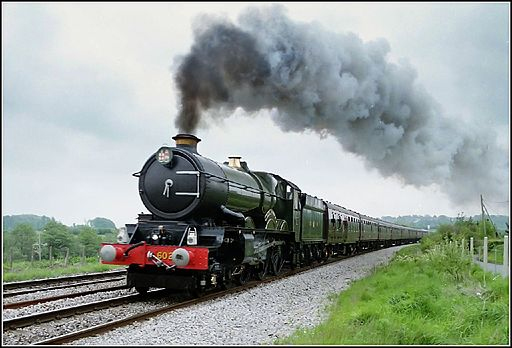
Source:Acceleration, Ben Salter, Wikimedia Commons
In the previous section, you learned about constant velocity. As you read earlier, constant velocity and constant acceleration are both types of motion. Constant velocity is related to constant acceleration because acceleration is the rate of change of velocity. Since it is also connected to a time interval, it is measured in meters per second or meters per second squared (m/s2 ).

Source:Acceleration, Ben Salter, Wikimedia Commons
When an object is moving with constant acceleration, many questions can be asked. Is the motion one-dimensional or two-dimensional? Is the acceleration positive or negative? Is the object speeding up or slowing down? How fast was it going when it started? How fast is it going now? How far did it go? Even with all these extra questions, the motion can still be described with words, graphs, and equations.
Positive and negative acceleration can be defined in the same way that they were for velocity and displacement in the previous section. Now we need to know if the object is speeding up or slowing down. If a ball is thrown straight up into the air, the acceleration from gravity is always down, so it is always negative, but the ball slows down on the way up and speeds up on the way down. The important factor isn't if the acceleration is positive or negative, but how it ties to the velocity.
![]() The animation below shows the relationship between velocity and acceleration. Click on the PLAY button to begin the animation.
The animation below shows the relationship between velocity and acceleration. Click on the PLAY button to begin the animation.
The relationship between velocity and acceleration can further be explored through the activity below.
![]() Select the plus or minus symbols under Velocity and Acceleration to determine if the object would speed up or slow down. Then, click on the matching video link below to see what the graph looks like.
Select the plus or minus symbols under Velocity and Acceleration to determine if the object would speed up or slow down. Then, click on the matching video link below to see what the graph looks like.
![]() Positive Velocity and Positive Acceleration
Positive Velocity and Positive Acceleration
![]() Positive Velocity and Negative Acceleration
Positive Velocity and Negative Acceleration
![]() Negative Velocity and Positive Acceleration
Negative Velocity and Positive Acceleration
![]() Negative Velocity and Negative Acceleration
Negative Velocity and Negative Acceleration
When analyzing motion with a constant acceleration, be very specific when talking about velocity. Click on the link below and watch the car animation. Is the activity describing the instantaneous velocity at some point during the motion, or the average velocity for the whole trip?